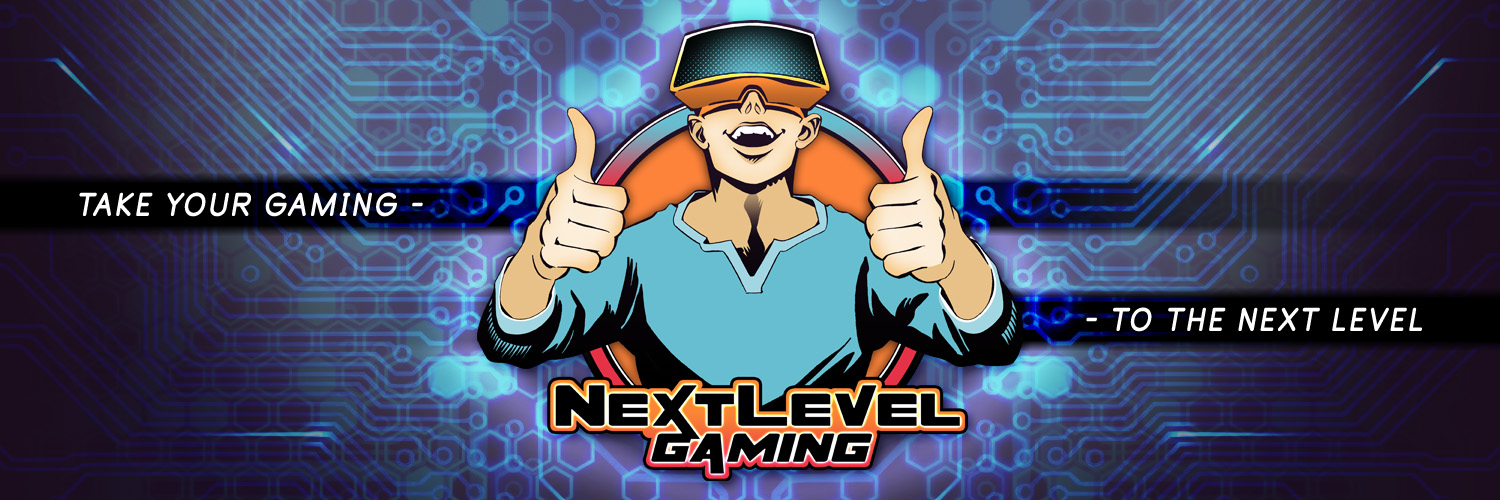Your cart is currently empty!

From Concept to Console: A Step-by-Step Guide to Game Development

Developing a video game from scratch and seeing it finally launch on consoles is a huge accomplishment, but the journey from an idea to a fully realized game is both complex and rewarding. Here’s a comprehensive guide that breaks down each step of the game development process, offering insight into what it takes to turn a concept into a console-ready game.
1. Conceptualizing Your Game Idea
Every great game starts with a concept. This stage is all about brainstorming ideas, defining your target audience, and determining the core mechanics and genre of your game.
- Research and Inspiration: Dive into different games, trends, and genres. See what works and where gaps in the market might exist.
- Target Audience: Think about who your game is for. Identifying a target audience early helps shape gameplay, graphics, and storytelling.
- Core Concept: What will make your game unique? Define your game’s unique selling point (USP) and the experience you want to offer.
2. Designing the Game: Setting the Blueprint
With a solid concept, it’s time to create a design document, often called a Game Design Document (GDD), that serves as your game’s blueprint. This document details all aspects of the game, from gameplay mechanics to story, visual style, and technical specs.
- Story and Characters: If your game has a narrative, flesh out the story, characters, and world-building elements.
- Gameplay Mechanics: Define how the game will play. Are you creating a first-person shooter, a puzzle game, or an RPG? Establish rules, objectives, and progression systems.
- Art Style and Aesthetics: Decide on the look and feel of your game. Consider factors like color palettes, character designs, and environmental art.
- Technical Specs and Platforms: Establish the platforms you’ll develop for (PC, consoles, mobile), as this affects performance requirements, control schemes, and development tools.
3. Prototyping and Pre-Production
Before diving into full production, build a prototype. This is a rough version of your game that allows you to test the basic gameplay mechanics and gather early feedback.
- Create a Minimum Viable Product (MVP): Focus on implementing only the core mechanics. For example, if it’s a platformer, build a simple level to test movement, jumping, and other key mechanics.
- Testing and Iteration: Playtest the prototype to identify any gameplay issues or improvements. Early feedback is invaluable for refining your concept before full production begins.
- Technical Planning: Select the right game engine (like Unity, Unreal Engine, or Godot), choose the tools you’ll use for sound, design, and coding, and outline your team’s responsibilities.
4. Full-Scale Development: Coding, Art, and Audio
With a clear plan and functional prototype, it’s time to move into the production phase. This is where coding, asset creation, and level design come to life.
- Coding and Mechanics Development: Program the game mechanics, controls, and interactions. This includes developing the game’s AI, physics, and user interface.
- Creating Art Assets: Your art team will create the character models, animations, environments, and textures. For smaller teams, consider outsourcing or using stock assets as a time-saving option.
- Sound Design and Music: Sound is crucial for immersion. Work with composers and sound designers to create music, sound effects, and voiceovers that match your game’s theme and enhance gameplay.
5. Testing and Quality Assurance
Testing isn’t just for finding bugs. It’s also essential for optimizing performance, balancing gameplay, and ensuring that players have a satisfying experience. This process often involves a few rounds of refinement:
- Bug Testing: Your QA team (or external testers) will find and document bugs and glitches. These could be anything from minor visual issues to game-breaking problems.
- Gameplay Balance: Ensure that game mechanics are fair, enjoyable, and well-balanced. This includes adjusting levels of difficulty, pacing, and rewards.
- Performance Optimization: Optimize loading times, frame rates, and overall performance to ensure smooth gameplay across devices.
6. Preparing for Launch: Marketing and Publishing
Once development and testing are complete, you’re ready to start preparing for the launch. This phase focuses on building hype, handling logistics, and preparing for distribution.
- Marketing and Promotion: Build anticipation by creating a trailer, social media accounts, a website, and devlogs. Collaborate with influencers or platforms that can help promote your game.
- Finalizing Publishing Platforms: If you’re launching on consoles, complete the necessary certification processes for platforms like PlayStation, Xbox, or Nintendo.
- Preparing for Launch: Set a release date, and finalize your game’s distribution strategy (digital, physical, or both). Consider timing your launch to avoid competition with major releases.
7. Post-Launch Support: Updates and Community Engagement
A successful launch is just the beginning. Engaging with players and supporting your game after launch is key to long-term success and building a loyal fan base.
- Gathering Player Feedback: Use feedback from players to identify areas for improvement or additional content.
- Releasing Updates and Patches: Regular updates and bug fixes are crucial to keeping your player base happy and retaining new players.
- Engaging the Community: Whether through forums, social media, or in-game events, keeping an active community engaged encourages loyalty and can extend the life of your game.
Conclusion
From concept to console, game development is an exciting and challenging journey. By understanding each stage in the process, you’ll be better equipped to create a game that captivates players and stands out in a crowded market. With creativity, dedication, and a solid plan, you can bring your unique vision to life and make a lasting impact in the gaming world.

